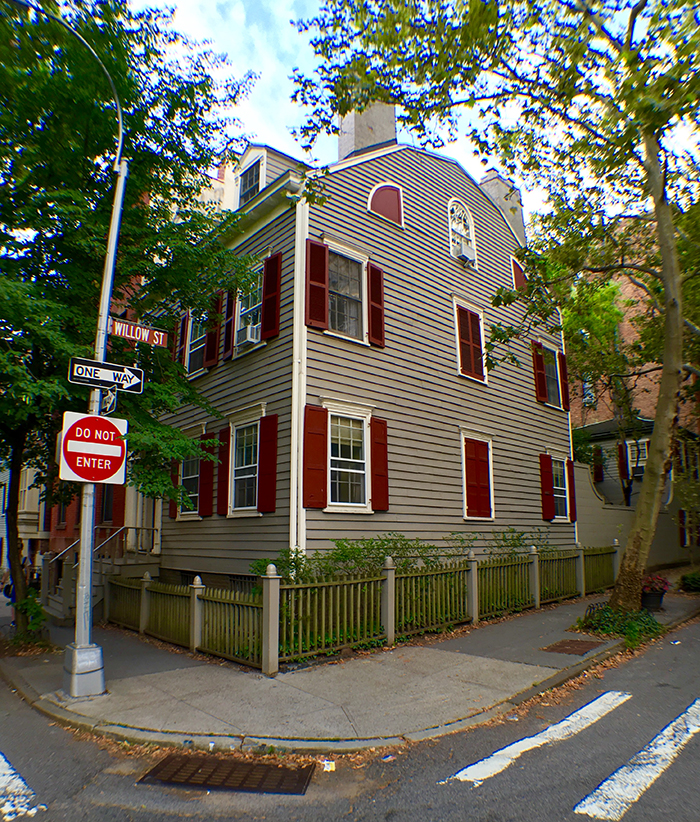Brooklynites: Put in your two cents about the role of historic districts in NYC
Both celebrated and criticized

Studies show — and Brooklynites can confirm — that fast-paced change can be disruptive to communities.
Historic districts can buffer residents from some of this disruption. Questions have been raised, however, about the negative side effects of this designation.
Now researchers at Columbia University want to know your opinion about the role of historic districts in New York City’s urban life.

Brooklyn Boro
View MoreNew York City’s most populous borough, Brooklyn, is home to nearly 2.6 million residents. If Brooklyn were an independent city it would be the fourth largest city in the United States. While Brooklyn has become the epitome of ‘cool and hip’ in recent years, for those that were born here, raised families here and improved communities over the years, Brooklyn has never been ‘uncool’.